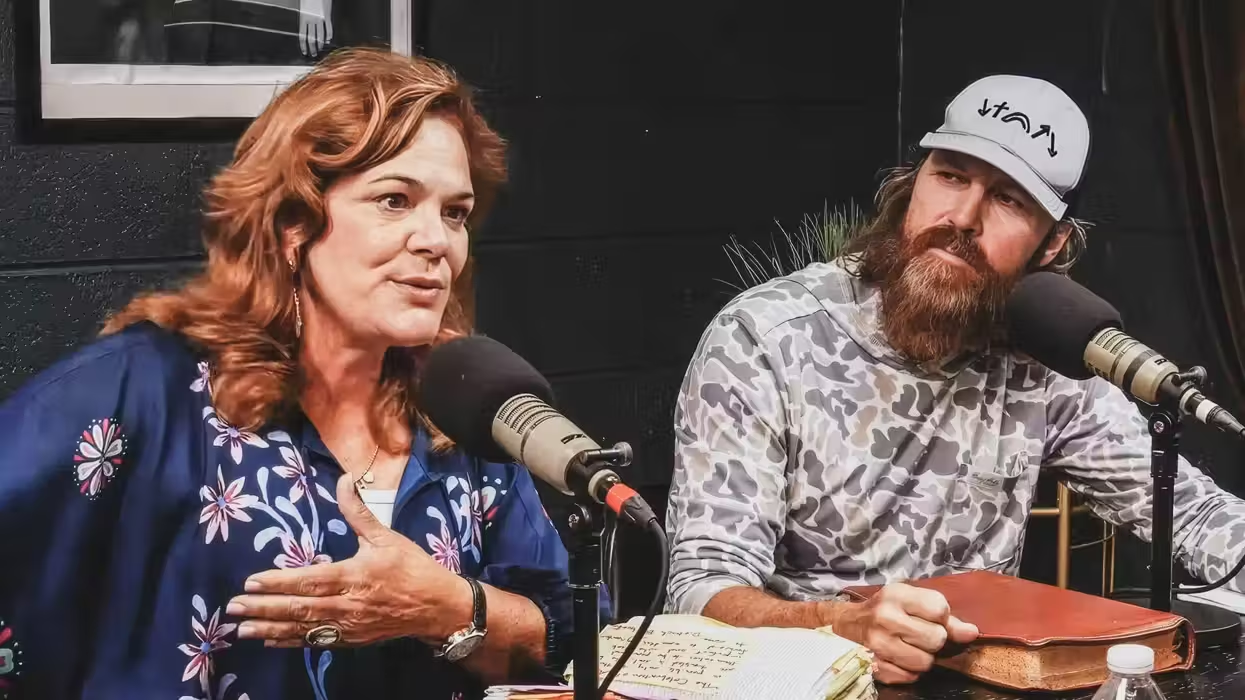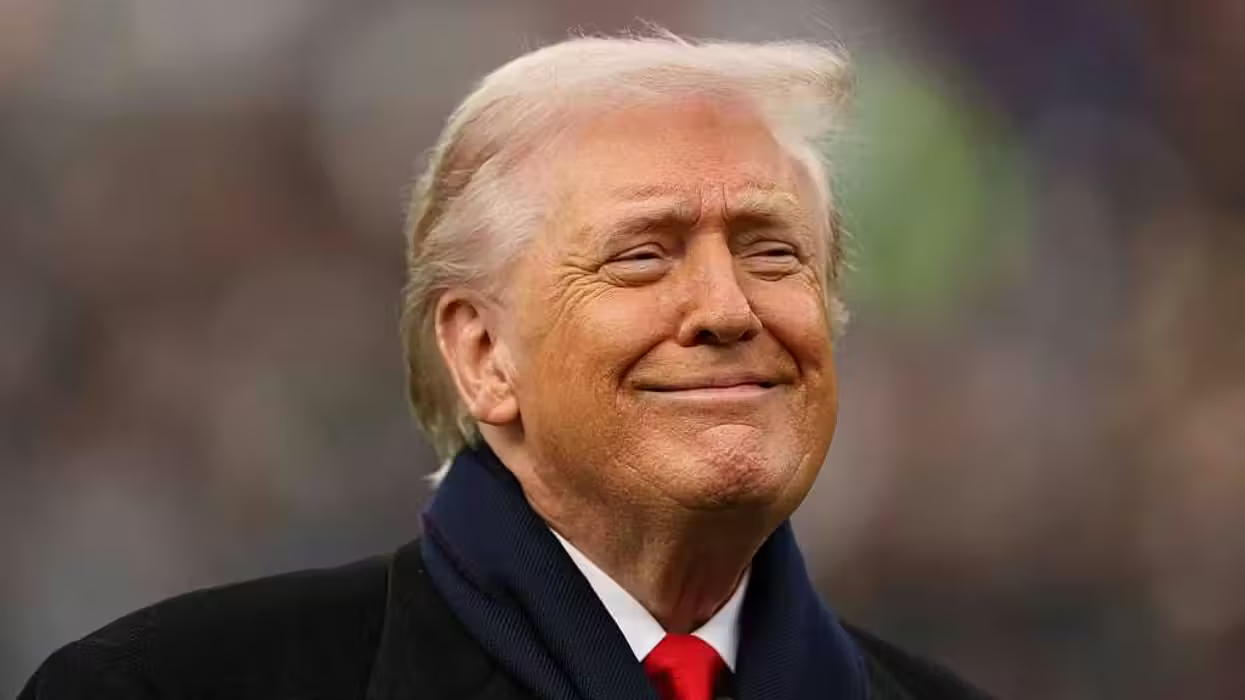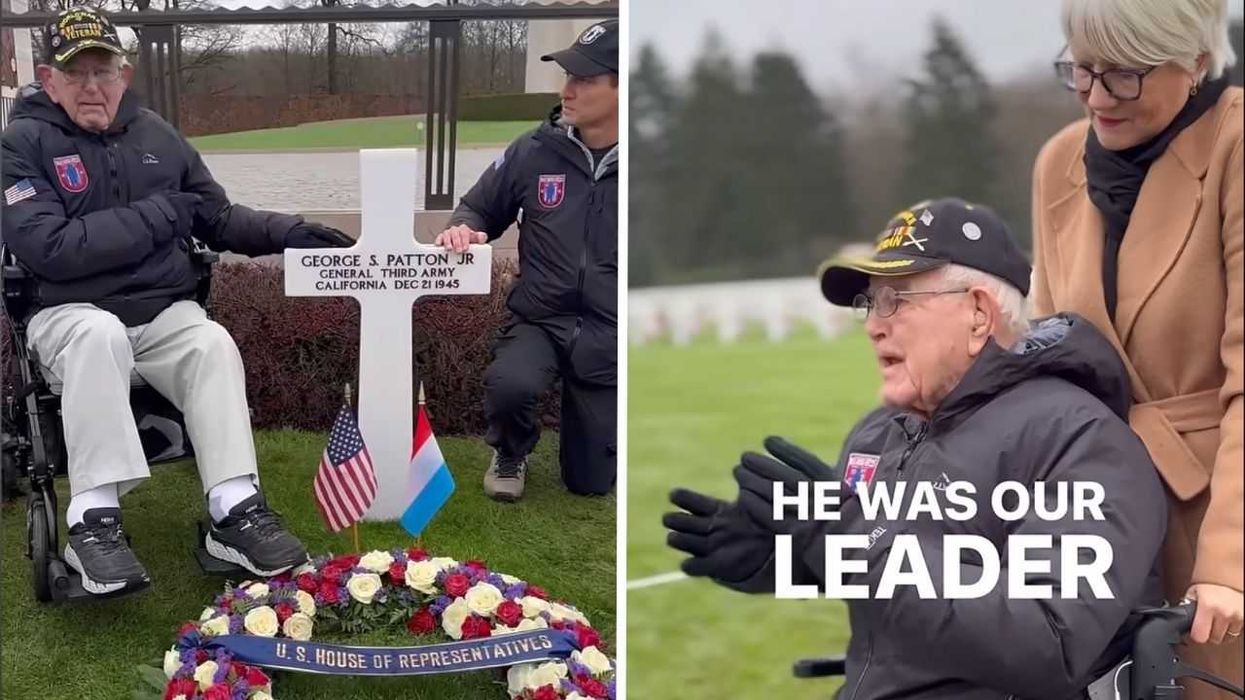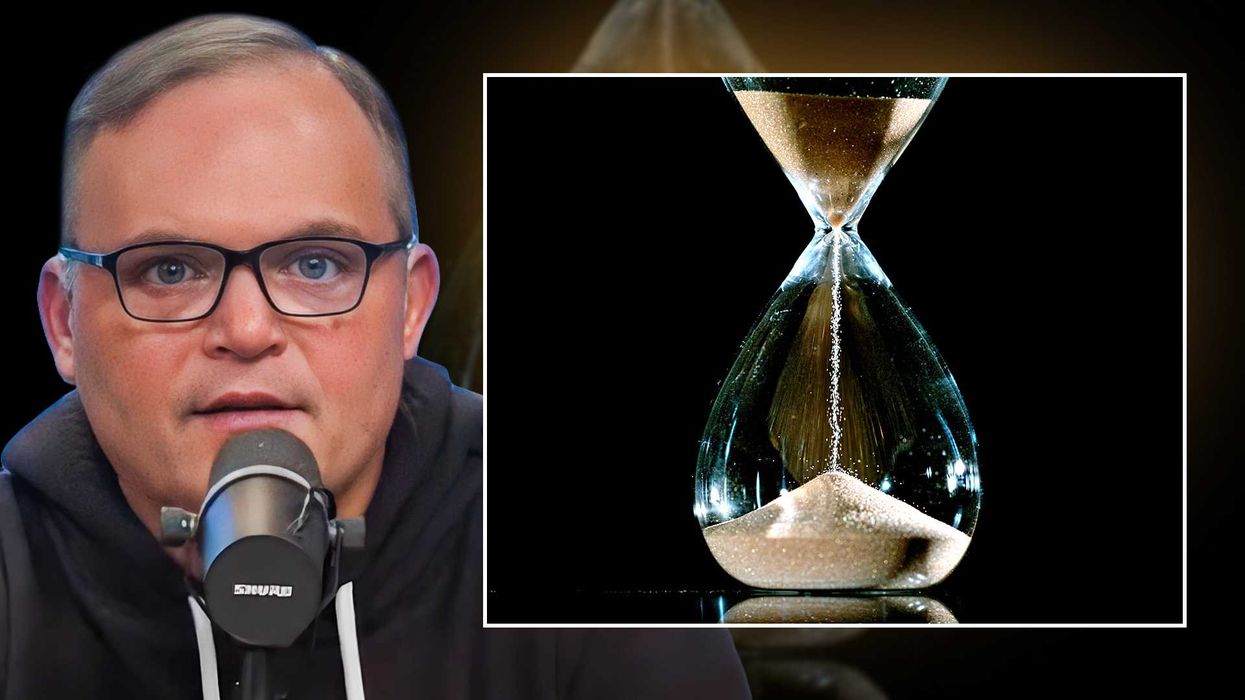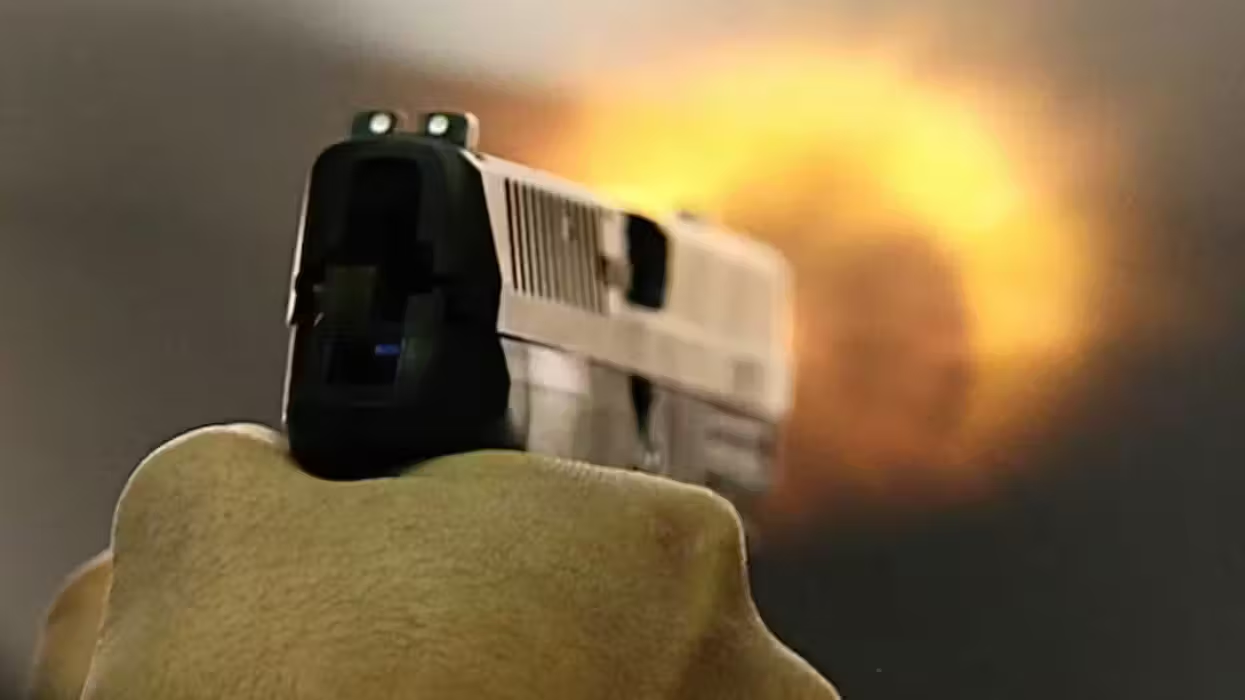
© 2026 Blaze Media LLC. All rights reserved.
For some, it's tactical gear.
As an American, are you making leftist political statement if you wear a traditional Arab headscarf?
 It depends on who you are, and where you are.
It depends on who you are, and where you are.
The Occupy Wall Street protestors don the headscarf-- called a Kaffiyeh or Shemagh-- to show their left-wing bona fides and pro-Palestinian solidarity. The scarves also act as a handy face covering when protests turn ugly, or you want to evade the omnipresent surveillance cameras across downtown New York.
The kaffiyeh is the defining piece of clothing for the Middle East and South Asia. But when Americans wear it, assumptions are often made about political leanings. Here at home, some conservative commentators firmly believe the headscarf has been hijacked as an anti-Israel symbol and tool of the leftist mob.
While it is true that many radicals have adopted the kaffiyeh since the 1980's and the start of the Palestinian intifada, it's been appropriated by different groups since then as well.
Today, you will often see kaffiyehs worn by the most pro-U.S., freedom-loving group on the entire planet: the United States Military.
 After 10 years of wars in the middle east and south asia, western militaries and contractors have adopted widespread, unofficial usage of the kaffiyeh. This has been for mostly practical reasons.
After 10 years of wars in the middle east and south asia, western militaries and contractors have adopted widespread, unofficial usage of the kaffiyeh. This has been for mostly practical reasons.
Whether in the dusty, searing heat of Baghdad or the frigid Hindu Kush Mountains, the headscarf can be sun protection, a blanket, or even a poncho in a pinch. They are cost efficient too, as Chinese (of course) factories churn them out and flood Muslim countries with the inexpensive scarves.
A particularly common way American warfighters use the headscarf is a barrier around the neck when heavy body armor is worn. It provides some cushion from the weight of the heavy, ceramic plates inserted in bulletproof vests. It also keeps the dusty and grime from getting under a soldier's full battle-rattle, which could cause additional discomfort during foot patrols on 115 degree days. And if you are the 50-gunner in a humvee, you can tie it across your face so you don't end up eating dirt all day.
Army Special Forces and other units with relaxed uniform standards can try to blend in with local populations and thus find headscarfs tactically useful as well. A Kaffiyeh can help protect the identity of a U.S. military operator when necessary, and depending on the color, can be helpful during low-visibility missions to cover exposed skin.
Historically, military campaigns often appropriate indigenous clothing, and eventually for those sartorial trends to make their way back West. In fact, going back all throughout history, warfare has played a major role in the clothing we wear every now.
The fabric we call "Khaki," for one, comes from the British conquest of India. In the mid-nineteenth century, the British frontier service decided to start wearing the local garb, which was a white-ish, homespun cotton smock and loose trousers. Through usage and sometimes intentionally smudging, the cotton fabric would get dusty and drab, allowing the wearer to blend in with ruddy hillsides of the Af-Pak region.
In fact, the European and American neck tie-- the defining characteristic of the classic business suit-- is of military origin. In French, it is called a cravate, which is a bumbled version of the Croatian hravt. In the seventeenth century, Croatian mercenaries were enlisted by Louis XIII of France to fight in some of the Kingdom's endless squabbles. Those Croatian mercenaries wore a strip of cloth from their necks, which the Parisian officer corps and eventually clothing makers adopted.
 Today, we straighten up ties before an interview because of what some Croatian mercenaries stuffed into their shirts three hundreds years ago.
Today, we straighten up ties before an interview because of what some Croatian mercenaries stuffed into their shirts three hundreds years ago.
So what does it mean when you see someone trekking around the U.S. with a checkered Arab headscarf on?
In America, the kaffiyeh remains the favored piece of clothing for those who stand in solidarity with Palestine against Israel, as well as assorted radicals and leftists. And for many other Americans, they don't care about the political implications, and view the kaffiyeh as nothing more than a trendy scarf.
It's similar to the bandana in that regard. The bandana is worn by revolutionaries in South America, for example, to cover faces. Street thugs in California have adopted the bandana in either red or blue as a gang symbol. But then again, bandanas also evoke images of American cowboys on the trail, keeping the sun off their necks and the dust out of their lungs.
The kaffiyeh is becoming equally widespread in American usage. College kids drape them around their necks to look cool; Spec Ops soldiers wrap up with them to get the mission done.
So if you see an American with a tan or camo backpack, and some sort of Arab headscarf tucked into it, it's probably a memento of service abroad. Many U.S. military, diplomats, and intelligence officers have brought the headscarf back the states.
On the other hand, if you see a 20-year-old who hasn't bathed in a while and is throwing a brick at a Starbucks window with his face covered by a Kaffiyeh, chances are he isn't a fan of Israel.
Like any fashion, the implications of wearing a checkered Arab headscarf are evolving.
Want to leave a tip?
We answer to you. Help keep our content free of advertisers and big tech censorship by leaving a tip today.
Want to join the conversation?
Already a subscriber?
more stories
Sign up for the Blaze newsletter
By signing up, you agree to our Privacy Policy and Terms of Use, and agree to receive content that may sometimes include advertisements. You may opt out at any time.
Related Content
© 2026 Blaze Media LLC. All rights reserved.
Get the stories that matter most delivered directly to your inbox.
By signing up, you agree to our Privacy Policy and Terms of Use, and agree to receive content that may sometimes include advertisements. You may opt out at any time.

